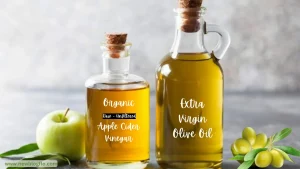Benefits of incorporating high volume low calorie meals into a diet

Based on experimental findings, the inclusion of high volume low calorie meals in a diet has demonstrated several significant outcomes.
- Promotes weight loss: High volume low calorie meals are typically rich in fiber and water, which can help you feel full and satisfied while consuming fewer calories. This can lead to weight loss over time.
- Improves digestion: high volume low calorie meals are often packed with fruits, vegetables, and whole grains, which are all great sources of fiber. Fiber can improve digestion by promoting regular bowel movements and preventing constipation.
- Boosts nutrient intake: Low calorie meals can be nutrient-dense, meaning they contain a high amount of vitamins and minerals per calorie. Eating more nutrient-dense foods can help you meet your daily nutrient needs and improve your overall health.
- Reduces the risk of chronic disease: high volume low calorie meals are often plant-based and can help reduce the risk of chronic diseases such as heart disease, diabetes, and certain cancers.
- Saves money: High volume low calorie meals often rely on inexpensive ingredients such as beans, lentils, and vegetables. Incorporating these foods into your diet can save you money on groceries while still providing important nutrients.
The results of experiments provide evidence for the efficacy of this approach, and it is worth considering as a component of a balanced and sustainable dietary plan.
What Makes a Meal High Volume?
Definition of high volume foods
High volume foods refer to nutrient-dense food items that are low in calories but have a significant amount of mass or size. These foods usually have a high water and fiber content, which helps provide a feeling of fullness and satisfaction without overloading our bodies with excess calories.
Consuming high volume foods is beneficial for those pursuing weight loss or following a healthy and balanced diet. Examples of high-volume foods include various fruits, vegetables, whole grains, and legumes. Eating these items can aid in weight management, promote digestion, and improve overall health.
Examples of high volume foods
- Fruits and vegetables: These foods are low in calories but high in fiber, making them ideal for filling up your plate without overloading calories.
- Whole grains: Whole grains like oats, brown rice, and quinoa are nutrient-dense and can help you feel full for longer periods of time.
- Lean proteins: foods like chicken, fish, and beans are high in protein and can help you feel satiated for longer periods of time.
- Low-fat dairy: Low-fat dairy products like Greek yogurt and cottage cheese are high in protein and can help you feel full for longer periods of time.
- Soups and stews: These foods are often high in fiber and water content, making them a great choice for filling up on fewer calories.
Benefits of high volume foods
Here are three benefits of high volume foods:
- Promote feelings of fullness and satiety, which can lead to consuming fewer calories overall.
- Provide essential nutrients and fiber to support overall health and digestion.
- Help to maintain a healthy weight and reduce the risk of chronic diseases such as obesity, diabetes, and heart disease.





